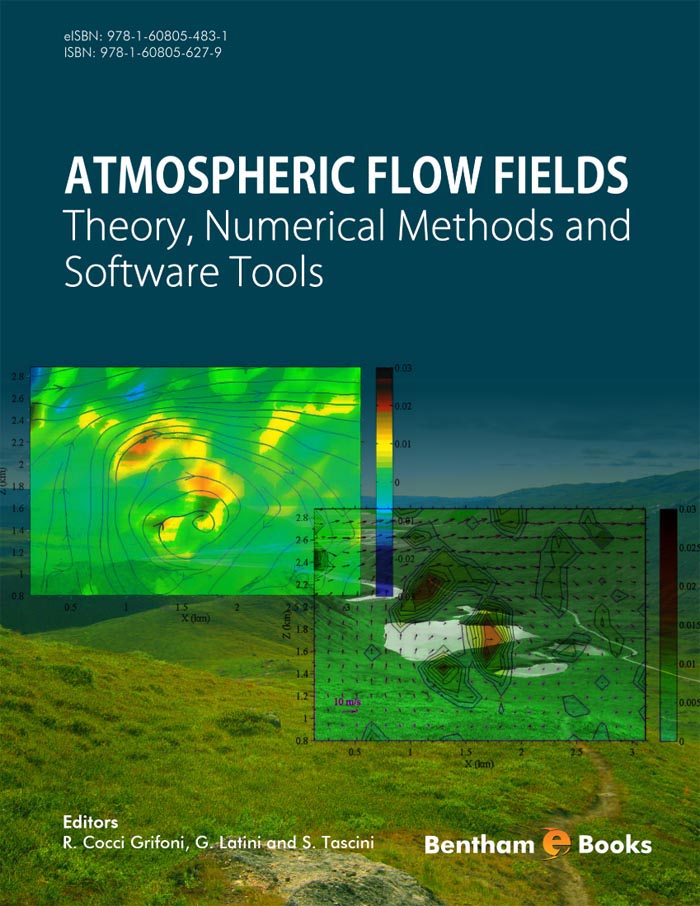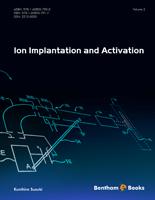This volume is a collection of lectures on practical and theoretical aspects of atmospheric flows over flat and complex terrain with applications to air pollution and wind energy.
The lectures are the result of ten years of research on the dynamical behaviour of the Planetary Boundary Layer that has a direct effect on the air quality and on the boundary layer parameterization schemes used in local, regional and global models.
It is divided into two main parts. The first, which comprises three chapters, presents the structure of the Planetary Boundary Layer with emphasis in the region adjacent to the ground, the Synoptic Mesoscale Meteorology and Coastal Air Pollution and complex terrain Meteorology. The second, Chaps. 5 to 8, discusses on the planetary boundary-layer (PBL) parameterization that is a key issue for the definition of initial wind flow fields in diagnostic models, meteorological prognostic models (RAMS, MM5, WRF), the estimation of the lower atmospheric turbulence parameters by remote sensing technique, the fundamentals of Air Pollution Mathematical Modeling, an analytical solution for the nonstationary two-dimensional advection–diffusion equation to simulate the pollutant dispersion in the planetary boundary layer (the GILTT solution of the advection–diffusion equation), the selected case studies of complex terrain meteorology and an estimation of the lower atmospheric turbulence parameters by remote sensing tools.
In the appendix, will be found a complete list of available databases and software will be followed.
The unique feature of this book is that beyond the theoretical treatments of the analytical and numerical techniques, it includes a number of tools where the techniques presented in the main part are implemented and can be run by the reader. These practical tools can be used to easily test selected mathematical formulation or performing a swift sensitivity analysis.
The first one, Hmix, aims to a mixing height evaluation in convective condition over land, based on the Gryning-Batcharova approach. The second tool (RD) is dedicated to the Representative Day identification. Based on the Tirabassi et al. approach, the representative day is constituted by the actual data of the day, in the considered period, where the sum of the mean-square differences between its monitored quantities, averaged within each hour, and the same quantities for all other days at the same hour is minimized. The third tool (Prometeo) is again around the PBL characterization by elementary measurements at surface level evaluated. Based on operational methods suggested by Holstag and Van Ulden (1983) the tool allows the evaluation of Monin-Obukhov length, fiction velocity and surface heat fluxes.
All the tools will be provided with a Windows GUI and designed with a user-friendly, interactive conception in order to minimize the required computer expertise and to be readily useful to a wider number of users.
G. Latini
Department of Energetics
Polytechnic University of Marche
Italy
R. Cocci Grifoni and S. Tascini
School of Architecture and Design “E. Vittoria”
Camerino University, Ascoli Piceno,
Italy





